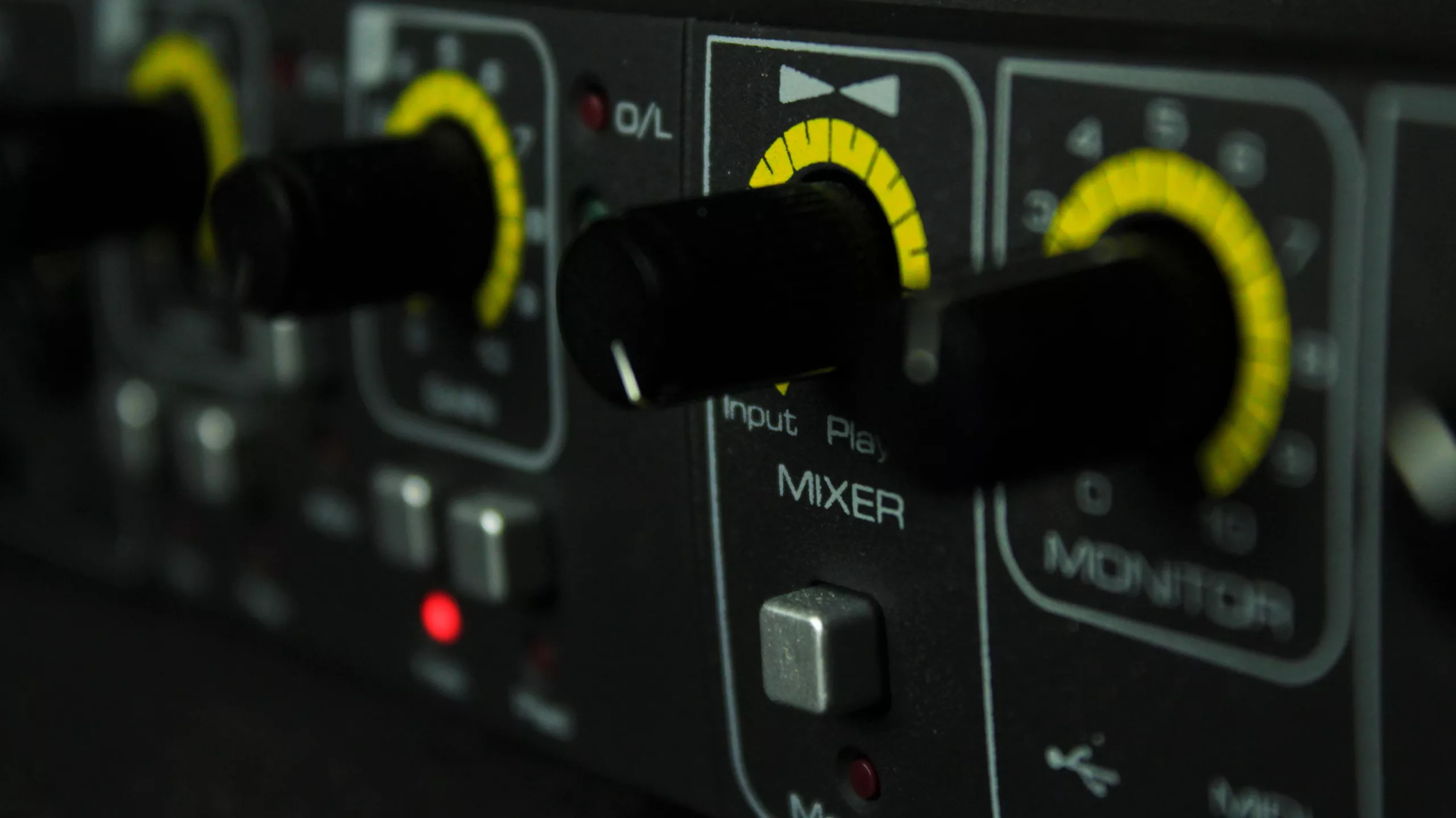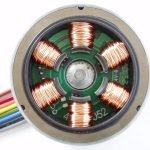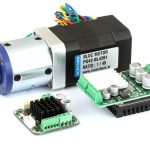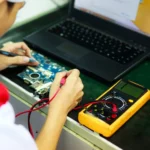
Switches are an essential component of many electronic devices, controlling the flow of electrical current by either allowing it to pass through or blocking it entirely. There are two primary Switch Types: mechanical and electronic. Each has unique characteristics and advantages, making them suitable for different applications. This article outlines an overview of the advantages, types, and crucial selection considerations of mechanical and electronic switches.
Mechanical Switches: A Brief Introduction and Types
Mechanical switches are the more traditional type of switch that operate based on the physical movement of the switch contacts, resulting in the opening or closing of an electrical circuit. These switches are widely used in various applications, including household appliances, industrial machinery, consumer electronics, and vehicles. The following are some of the most common types of mechanical switches:
- Toggle Switches – Toggle switches are the most common types of reliable electric switches found in everyday devices. They consist of two positions with a lever, flipped up or down to turn the switch on or off. They are essential components for devices requiring simple on/off control, such as lights, fans, and other domestic appliances.
- Push Button Switches – Pushbutton switches operate or activate by pushing a button to close or open the switch contacts. These switches are commonly used in various appliances, machinery, and electronic devices, such as calculators and remote controls. In addition, they also come in either momentary or latching pushbutton switches.
- Rocker Switches – Rocker switches are similar to toggle switches; however, they operate by pressing down on the switch’s one end. They come in rectangular or oval shapes and are commonly used in automobiles, domestic appliances, automotive, and boats as they are more durable and resistant to accidental activation.
Advantages of Mechanical Switches:
Mechanical switches offer numerous advantages, such as:
- Robust Durability – Mechanical switches are typically designed to be more durable than electronic switches. They comprise durable materials and can withstand repeated use without failing or wearing out quickly.
- Reliability – Mechanical switches provide a more reliable and consistent signal, making them a perfect choice for applications where accuracy is essential.
- Tactile Feedback – Mechanical switches offer tactile feedback that users can feel when the switch is activated. This feature is useful when the user needs to know the Switch Types turn-on or off status.
- Affordable and Repairability: Mechanical switches can be repaired or replaced individually instead of replacing the entire keyboard. This, in turn, saves money and reduces waste.
Electronic Switches: A Brief Introduction and Switch Types
Electronic switches, also known as solid-state switches, are a newer type of switch that has become increasingly popular in recent years. Unlike mechanical switches, electronic switches do not rely on physical movement to open or close an electrical circuit. Instead, they use electronic components (semiconductors) such as transistors, diodes, or thyristors to control the current flow. They are mostly found in smartphones, computers, and other electronic devices. Some common types of electronic switches include:
- MOSFET Switches – MOSFET (Metal-Oxide-Semiconductor Field-Effect Transistor) switches are electronic devices that act as amplifiers, offering fast switching speeds, high power handling capability, and low on-state resistance in multiple power electronics applications.
- SSRs – Solid-state relays (SSRs) are electronic switches that use a low-voltage control signal to switch high-voltage loads. They are ideal for applications where noise and electromagnetic interference (EMI) must be minimized.
- Reed Switches – Reed switches are magnetic switches operated by a magnetic field. They comprise metal contacts, called reeds, that activate when magnets come closer. They are commonly used in security systems, door and window sensors, and medical applications.
Advantages of Electronic Switches:
Electronic switches offer a broad range of advantages and include:
- High-Speed Switching: Electronic switches on and off at extremely high speeds, making them suitable for applications where speed is crucial.
- Long Lifespan: Bespoke switches have a longer lifespan than mechanical switches and last many years without requiring replacement.
- Safety: Electronic switches are safer than mechanical switches, as they are shock-proof and fire-proof. This is especially crucial in applications where high voltages are involved.
- Low Power Consumption: Electronic switches consume less power using semiconductor technology, making them a convenient option for battery-powered devices.
Mechanical and Electronic Switches: Key Selection Considerations
When choosing between appropriate electronic and mechanical switches, several key considerations should be ascertained, such as:
- Switch Type
- Intended Application
- Operating Force
- Reliability
- Durability
- Cost
- Contact Materials
- Response Time
- Noise
- Environmental Factors
- Customization
The Bottom Lines
Mechanical and electronic switches are crucial devices with several types and advantages, making them suitable for different applications. Mechanical switches are generally more durable and reliable, while electronic switches offer higher speed and efficiency. When selecting a switch type, it is essential to consider several factors. It is also important to consider the application’s environment and whether it may be subject to harsh conditions affecting the switch’s performance.





















